If you’ve ever wondered how to write an adventure book in a way that competes with the greats, you’re in the right place. Adventure books are timeless, and many of the classics fit into the adventure book genre.
Knowing the difference between the ones you love and how to write an adventure book takes a little thought, a lot of practice, and your most precious resource, time. However, to make things easier for you, we distilled the process of writing this type of genre into five sections.
Before we dive into tropes, common mistakes, the process itself, and of course, concrete examples, we need to make sure we’re on the same page (no pun intended).
What Is An Adventure Book?
An adventure book is a story with several key elements: A protagonist, an antagonist (or villain), a strong call to adventure, and the subsequent journey that takes the hero on said adventure. Classic storytelling structure covers three elements. These elements include an inciting incident or a trigger that sets the hero on his journey, a climax, and a resolution.
When it comes to adventure books, covering these three points with intrigue, tension, and edge-of-your-seat storytelling is key. Readers may sit in a cozy chair with tea by the fire, but inside the story world, they want to join in the chaos.
Your adventure book may include anything from poisonous snakes in thick jungles to scaling Mount Everest. The important aspect to keep in mind is the genre: Adventure book. Whatever your plot, the thrill of adventure must drive it forward.
Great Fiction Tropes To Hit
Just like all genres, tropes fill adventure stories. If thrillers create enticing villains and romance presents the perfect Prince Charming, adventure books usually include at least one of the following:
- A chosen one (think Harry Potter)
- A common character who turns out to be anything but
- A reluctant hero (think Aragorn in The Lord of the Rings)
- A guide (Gandalf, Dumbledoor, etc.)
Of course, tropes are called tropes because they are a common occurrence in their respective genres. Whatever trope you choose to include in your adventure book, be sure to give the character a unique angle.
Mistakes To Avoid
Speaking of tropes, it’s crucial to avoid the common pitfalls that come with writing adventure books. First, be especially wary of revealing a character’s hidden strength when your hero is in the worst danger. If you allude to this strength before, you may be able to get away with it.
Second, if you are a plotter, avoid outlining your story based on tropes and filling them in with new character names. Yes, all adventure books will be similar in some aspects, but each writer carries a unique voice and perspective.
Third, refuse to restrict yourself to what’s been done or is known to do well. While romance often seems to be off the charts as far as sales go, this doesn’t mean every writer should stick to the romance genre. Choose to approach your adventure book with creativity and innovation.
3 Quick Steps for Writing an Adventure Book
If you want to write a standout adventure book, don’t be afraid to immerse yourself in the genre. In fact, you should read all the books you have time for in your chosen genre. For instance, if you want to write middle grade adventure stories read the classics (C.S. Lewis’s Narnia) as well as the current bestsellers.
1. Note What Authors Execute Well
With this in mind, take note of what authors do well that set them apart and how you can find inspiration from their success. The more you read, the better you prepare yourself when it comes time to sit down and write.
2. Pay Attention To The Characters Who Inspire You
The actual writing process takes up so much time that it’s crucial to love the story you tell. As you conduct your preliminary research, pay attention to the types of characters you gravitate to. What plot points excite you? What type of cliffhangers keep you turning pages? Allow this to broaden your ideas.
3. Remember The Roller Coaster
Adventure books are notorious for keeping readers at the edge of their seats from the inciting incident (sometimes sooner!) right until the very end. Planning your story should include many twists and turns, but don’t forget to give readers enough down time to catch their breath.
Action is not the only driving force for adventure books. Interpersonal tension, unknowns, and foreboding secrets keep readers turning pages as well as action sequences.
Famous Examples
Sometimes you just need a few examples to really drive home the above tips. Well, we have you covered!
Treasure Island, Robert Louis Stevenson
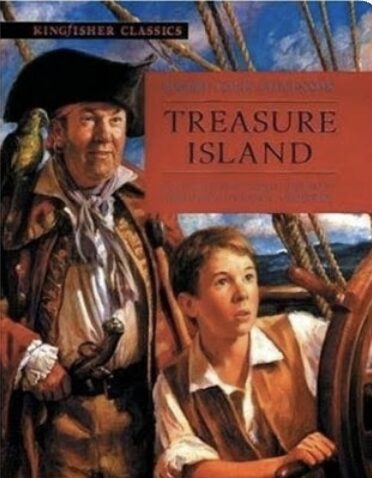
Buried treasure, a treasure map, a pirate, a cabin boy, and of course, a talking parrot, make up this classic story. These characters may feel like tropes today, but there’s a reason they are so well-loved.
The Adventures of Huckleberry Finn, Mark Twain
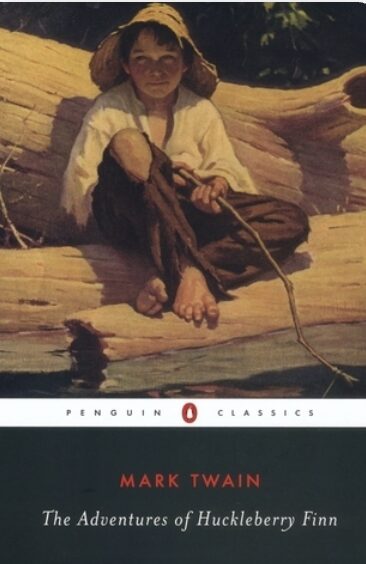
Huck and Jim are iconic fiction characters, and for good reason. The adventures Huck continues to land in are both entertaining and sometimes also hold a deeper lesson.
Tarzan of the Apes, Edgar Rice Burroughs
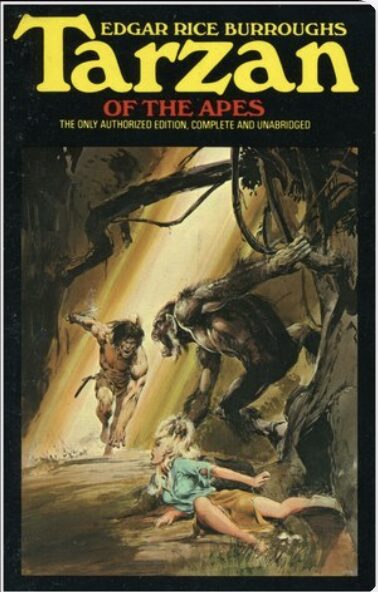
Told, read, retold, and rewatched, the adventures of Tarzan linger even today. This adventure book demands its hero prove himself two both the animal kingdom he grew up in and the humans he comes from.
Jaws, Peter Benchley
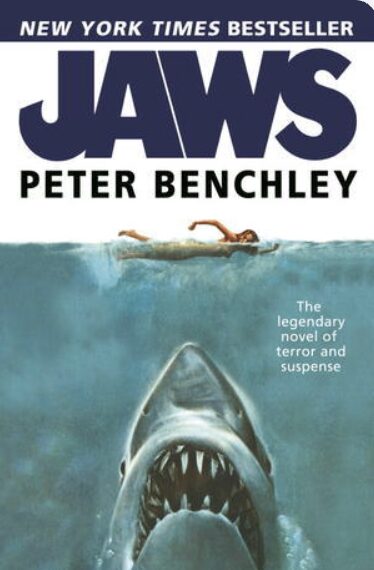
What is an adventure book without the 1974 story that inspired a blockbuster movie? While this adventure is definitely high stakes and more dangerous than Huckleberry Finn’s adventures, Jaws shows that adventure books can encompass the edge of the thriller genre.
Life of Pi, Yann Martel
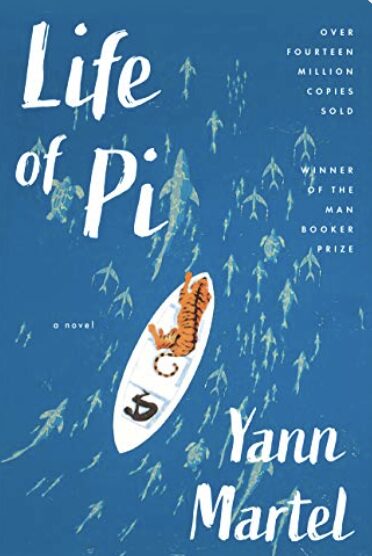
Another book-turned-Hollywood-blockbuster, Pi’s story has sold over ten million copies for a reason. A boy, hyena, zebra, orangutan, and tiger star in this adventure story that takes place over 227 days.
Writing Your Next Adventure Book
If you’re anything like me, it’s easy to look at these amazing examples and let imposter syndrome creep in. “I could never write a book that good.” “Every adventure book story has been written.” “What do I bring to the table?”
Don’t let these thoughts consume you. Instead, choose to be thankful for the opportunity to sit down, open that blank document or grab that notebook, and get to work. You never know if you’ll be the next bestselling author unless you put the time and effort into your work.
There are so many stories of writers who nearly quit or who tried and tried and tried before finally publishing their first book. Refuse to let discouragement take over your creative capacities.
And don’t forget, the more you read, the more you create opportunities for inspiration to strike! Of course, creatives can’t only work inspired, just like workers can’t go to their day jobs only when they feel like it.
But, you can put the appropriate effort into preparing, research, reading in your genre, and then sitting down to write. Who knows, your adventure book may be the next one to land on a bestseller list! You won’t know unless you try, so what are you waiting for?

